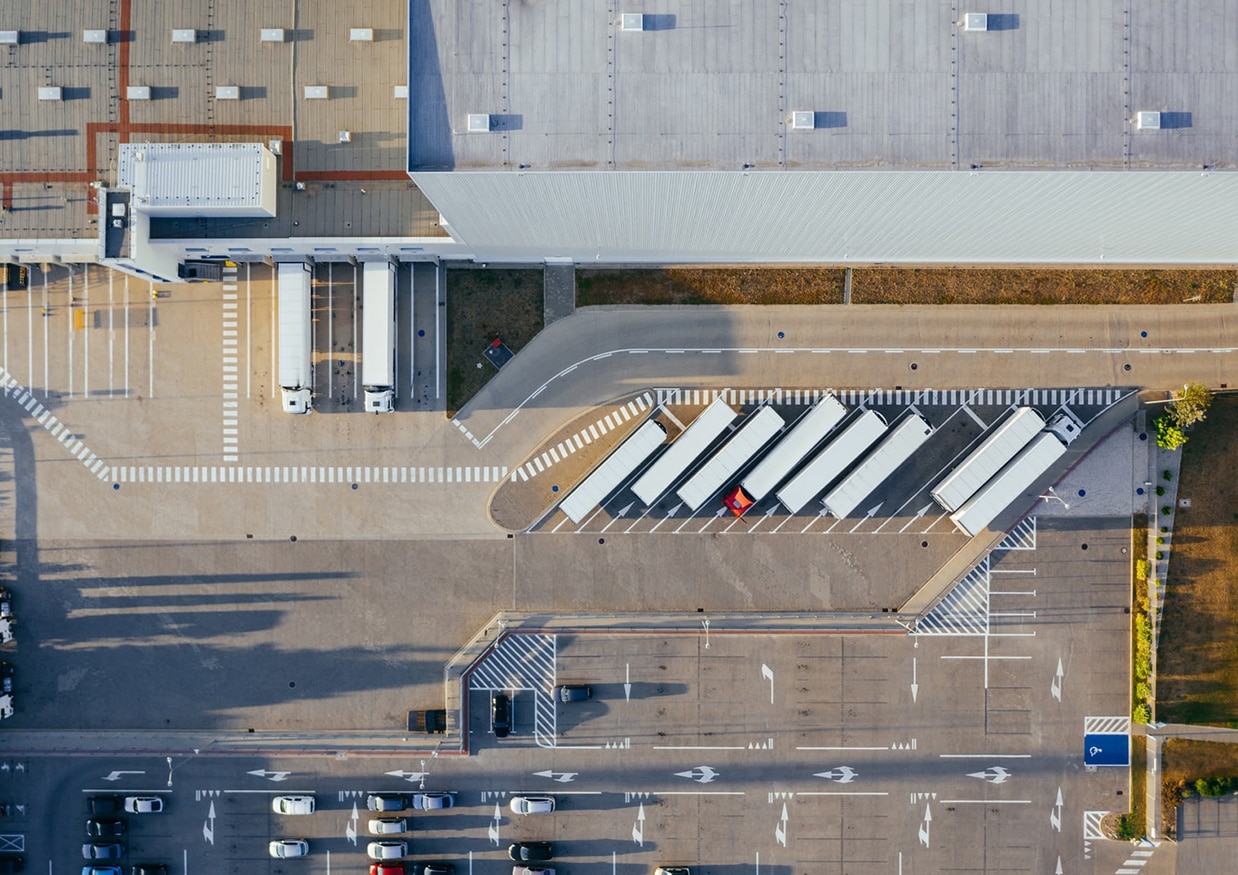Written by Alban Brisy
With sky-high public expectations of driverless technology, it’s easy to forget that autonomous vehicles are already off the test track and working safely in a number of environments.
The autonomous driving revolution is happening. With our experience of providing trusted autonomous solutions in more than 30 countries, we’ve seen it in action. Driverless shuttles take passengers around their community or the nearby business park and link up remote areas to transport hubs. Meanwhile, autonomous tow tractors help airports and industrial sites become more efficient and optimize costs
The popular image of robots in a warehouse or drone delivery doesn’t stretch much further than that (with a back-up safety operator physically close by). In this article, we look beyond the hype at the critical ways autonomous vehicles are already starting to make a difference to material handling.
Building industry 4.0
Advances in driverless technology have unlocked new potential for industry. Factories and warehouses have used Automated Guided Vehicles (AGV) for some time, allowing material handling in localized areas, operating forklifts and other goods vehicles. Now, driverless transport has opened up further possibilities, expanding the range to outdoor environments and enabling logistics operators to optimize their costs and flows on industrial sites.
This technology has proved particularly useful in airports, such as Narita International Airport in Japan, which uses the electric TractEasy tow tractor to move luggage and cargo around its site. The autonomous tow tractor is addressing notable painpoints for logistics managers: labor is costly, and drivers are difficult to recruit. It’s a low-margin business, so driverless technology’s role in enabling lower and sustainable costs is important.
Car manufacturing plants, ports and industrial sites have proved the perfect breeding ground for Level 4 autonomous material handling (fully driverless in a known area) to develop. Successful collaborations between innovative technology and private industry have led to the creation of modern, zero-emission cross-indoor/outdoor automation that optimizes supply chains.
In the next 5 years I see connected 4.0 warehouses, a lot of automation and other ways of identifying flows.
Supply chain evolution
Goods need to be moved from point A to B. Automation makes these flows more economical, as well as more strategic.
They are complex processes that can be streamlined.
When people carry out tasks, they must be used to their maximum capacity. People do more than simply driving. We need to understand the limits of automation and create flows that use people’s skills at maximum capacity and automate other processes.
The technology is new but more and more flows are being industrialized each day. The evolution of the supply chain has started.
Autonomy in action
Our EZ10s and TractEasy operate all over the world, in city centers, university campuses, business parks, hospitals, stadiums, airports and industrial estates. They are operating safely and effectively in everything from extreme heat to snow, and in all kinds of traffic.
Well-publicised trials of manufacturers and tech giants striving for private vehicles capable of Level 5 autonomy (fully driverless everywhere) give the impression that the driverless revolution is still some way off. Far from being a futuristic concept, the revolution is already here, and the technology continues to evolve – making communities and work sites, better connected, safer and more sustainable.
EasyMile’s expert software is helping bring autonomous vehicles around the world to life.
Alban creates partnerships with goods vehicle manufacturers and develops commercial models for driverless solutions with them. With a background in robotics engineering he is a master-mixer of technical skills and business acumen.


